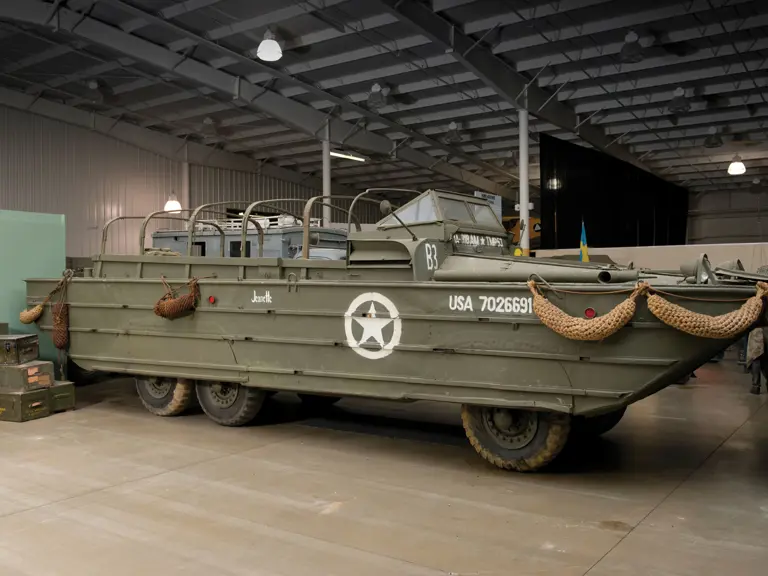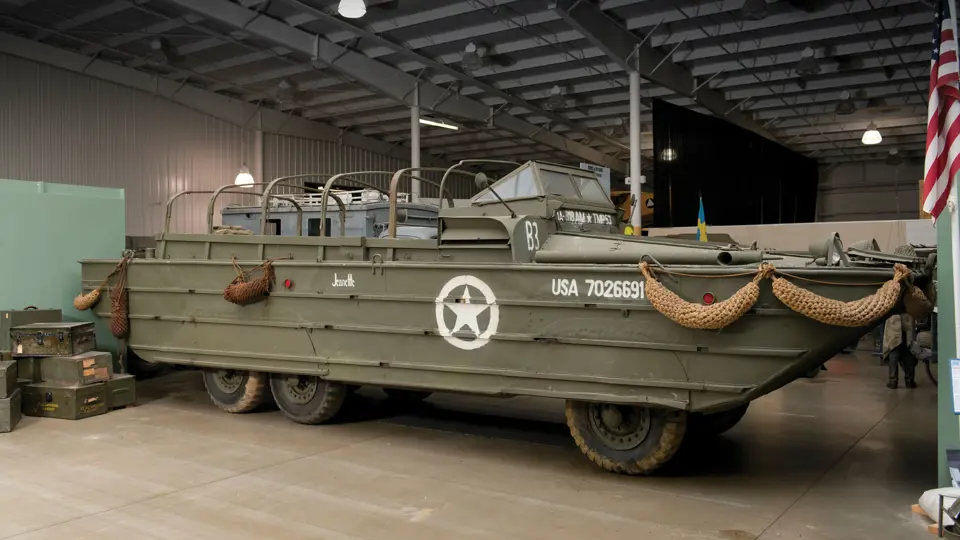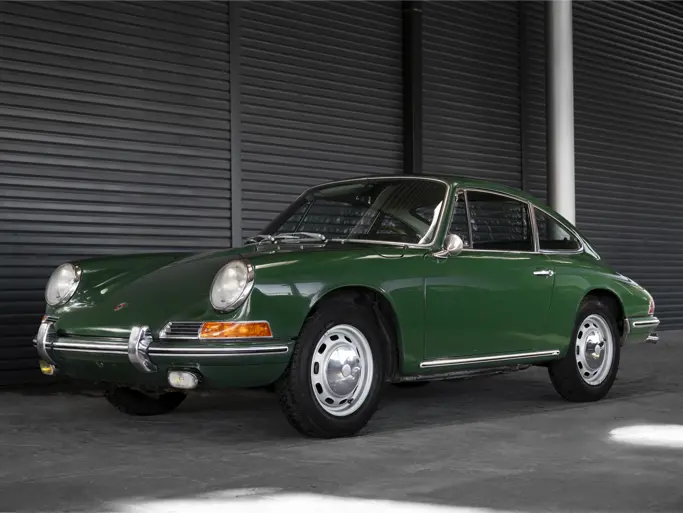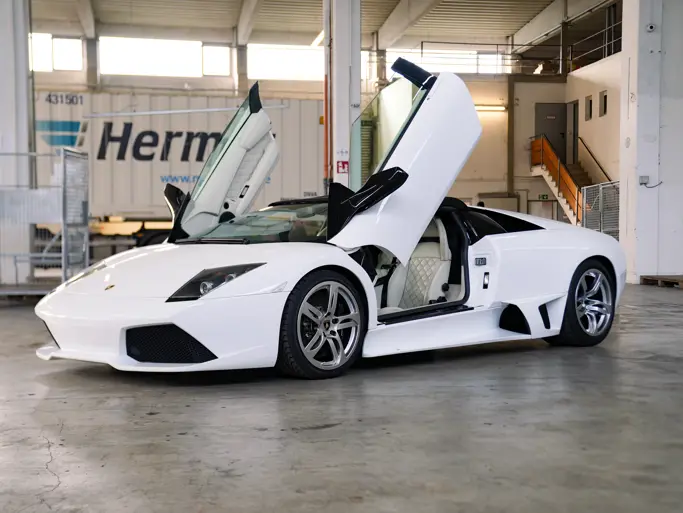Please Note: Information regarding these museum display vehicles was provided by the National Military History Center and has not been independently verified by Auctions America by RM ("AA"). As such, AA does not verify, warrant or guarantee any of this information. Prior inspection and research by the buyer is highly encouraged and recommended.
ATTENTION: Buyers are responsible for securing transportation and moving/loading of lots. Lot may be left on display indefinitely in the museum free of charge with a signed loan agreement form. Lots are sold as is, where is.
Please note this is being sold on "Bill of Sale" only.
Manufacturer: Yellow Truck and Coach Company
Production Years: 1942 -1945
Engine: GMC over-head-valve,270-cid, 94-hp, liquid-cooled, in-line six-cylinder, gasoline
Length: 31-feet
Width: 8-feet, 2-7/8-inches
Height: 8-feet, 9-1/2-inches (with top up)
Weight: 14,880-pounds
Armor: None
Armament: NONE on this example - Could be fitted with a Browning M2 .50 caliber machine gun on an M36 truck mount
Maximum Speed, Road: 45-mph
Maximum Speed, Water: 6.3-mph
Markings: US 1st Army, 818th Ammunition Battalion, 53rd Transportation Motor Pool, B Company, 3rd Vehicle
The GMC DUKW - 353 was developed in 1942 in accordance with a directive by the Commanding General, Services of Supply. The directive called for a vehicle that could transport personnel and supplies from ships to beaches without the benefit of prepared harbors and docks. The designation DUKW came from the builder’s code: D=1942; U=Utility; K=All wheel drive; W=Twin rear wheel axles. The average GI simply referred to the vehicle as the “Duck”. The pilot model was so successful that it was immediately put into production after testing. On land the DUKW used its normal six-wheel drive, but in the water, it was driven by a propeller and steered by a rudder. The wheels and propeller could operate together for smoothly entering and exiting water. DUKWs participated in all major US amphibious operations from March 1943 until the end of World War II. The cargo compartment could accommodate 25 soldiers and their equipment or 5,000-pounds of supplies. Lend-Lease DUKWs were also provided to the British and Soviets. Over 21,000 DUKWs had been manufactured by late 1945.



 | Auburn, Indiana
| Auburn, Indiana


